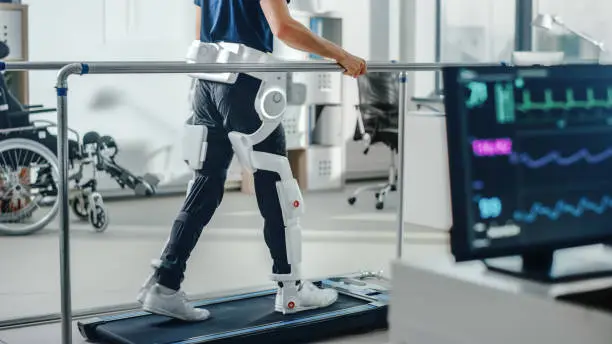The Future of Warehousing Meet the Smartest AGV Yet

The Rise of Automated Guided Vehicles (AGVs)
Warehousing is undergoing a massive transformation, driven by the relentless demand for faster, more efficient order fulfillment. At the heart of this revolution are Automated Guided Vehicles (AGVs), robots that navigate warehouse floors autonomously, transporting goods from point A to point B. These aren’t your grandfather’s automated systems; modern AGVs are sophisticated machines incorporating advanced technologies like AI, computer vision, and machine learning, making them significantly more capable and adaptable than ever before.
Beyond Simple Navigation: The Intelligence of Next-Gen AGVs
Early AGVs relied on magnetic tape or wires embedded in the floor to guide their movement. While effective in their time, these systems lacked flexibility. Today’s AGVs leverage laser scanners, cameras, and sophisticated software to create a real-time map of their environment, enabling them to navigate dynamically around obstacles, people, and other AGVs. This dynamic navigation is crucial in busy warehouse environments where conditions are constantly changing.
Computer Vision: Seeing and Understanding the Warehouse
Computer vision is a game-changer for AGVs. Equipped with advanced cameras and image-processing algorithms, these robots can “see” their surroundings, identify objects (packages, pallets, obstacles), and react accordingly. This capability allows for tasks beyond simple transportation, such as identifying damaged goods, verifying inventory counts, or even assisting with picking and packing. This level of perceptive intelligence dramatically improves accuracy and efficiency.
Machine Learning: Adapting and Improving Over Time
Machine learning allows AGVs to learn from their experiences. By analyzing data from their operations, they can optimize their routes, predict potential bottlenecks, and adapt to changing demands. This continuous learning improves their performance over time, resulting in reduced travel times, fewer errors, and greater overall efficiency. Furthermore, machine learning helps predict maintenance needs, minimizing downtime.
Integration with Warehouse Management Systems (WMS)
The true potential of smart AGVs is unleashed when they are seamlessly integrated with a warehouse management system (WMS). This integration allows for real-time communication and coordination, optimizing workflows and ensuring that the right goods are delivered to the right place at the right time. The WMS can direct AGVs to specific locations, track their progress, and manage their tasks, creating a highly efficient and coordinated system.
Safety and Collaboration in a Shared Workspace
Safety is paramount in any warehouse environment, and next-generation AGVs are designed with safety as a top priority. Many incorporate multiple safety features, including emergency stops, obstacle detection systems, and slow-speed operation in high-traffic areas. Furthermore, advanced algorithms enable them to safely navigate alongside human workers, fostering collaboration rather than competition for space.
The Future of Warehousing: A Collaborative Ecosystem
The future of warehousing is not about robots replacing humans; it’s about humans and robots working together to create a more efficient, productive, and safer environment. Smart AGVs are a key component of this collaborative ecosystem, automating tedious tasks, improving accuracy, and freeing up human workers to focus on higher-value activities like order fulfillment and customer service. This synergy will be crucial in meeting the growing demands of e-commerce and supply chain management.
Beyond Transportation: Expanding AGV Capabilities
The capabilities of AGVs are continuously expanding. Future iterations may incorporate robotic arms for picking and placing items, advanced sensor technologies for more precise navigation and object recognition, and even the ability to adapt to different types of warehouse environments without needing extensive reprogramming. The possibilities are vast, and the evolution of the smart AGV is just beginning.
The Economic Impact of Smart AGVs
The economic benefits of implementing smart AGVs are substantial. Reduced labor costs, increased efficiency, minimized errors, and optimized inventory management all contribute to a significant return on investment. As the technology continues to mature and become more affordable, the adoption of smart AGVs will accelerate, transforming the warehousing industry and shaping the future of logistics. Click here to learn about AGVs in material handling.




![Discover the Future of [Product Category] Discover the Future of [Product Category]](https://images.unsplash.com/photo-1700104494865-200e961d942c?fm=jpg&q=60&w=3000&ixlib=rb-4.1.0&ixid=M3wxMjA3fDB8MHxzZWFyY2h8OXx8cHJvZHVjdCUyMGxhdW5jaCUyMG1hcmtldGluZyUyMGNhbXBhaWdufGVufDB8MHwwfHx8Mg%3D%3D)





